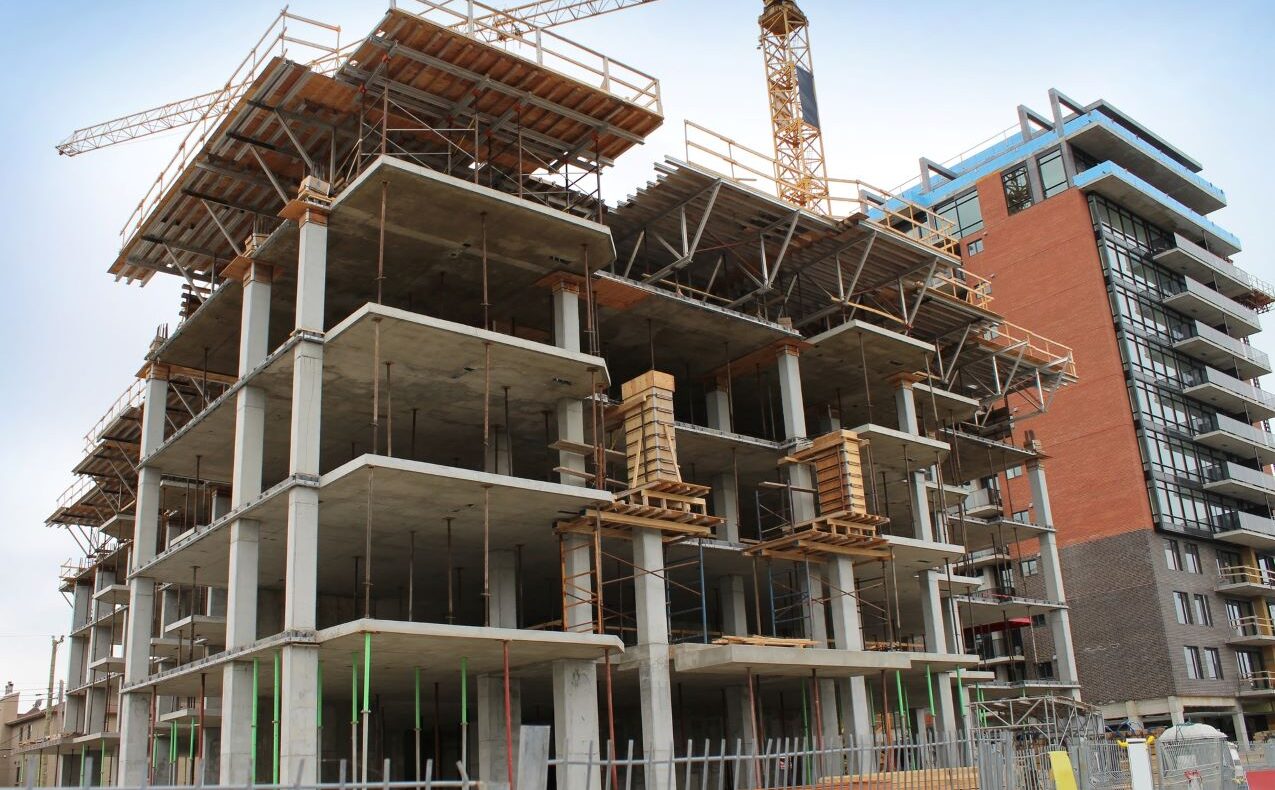At the end of April, I had the opportunity to speak about rental housing in Ottawa as part of a panel on Quality of Life in Ottawa during the Ottawa Board of Trade’s City-Building Summit.
The availability and affordability of all types of housing across the city obviously has a huge impact on residents’ quality of life. I’ve referenced Ottawa’s current housing deficit in this space previously, but as a refresher:
Between 2006 and 2021, Ottawa was 23,838 homes short of what we needed for our population and household demographics. We have a significant and structural housing supply deficit, one that has built up over a number of decades.
But one of the things I don’t talk about often is how our housing deficit is reflected in the state of our rental housing supply.
Ottawa saw just over 25,000 high-density units completed from 2006 to 2021 (high-density units are typically rental apartments). Based on our actual population and household growth over that time period, however, Ottawa needed over 31,000 high density units — a deficit of over 6,000 homes.
Moving forward, we need to increase the supply of rental housing in Ottawa by more than 25 per cent over the next 15 years.
Housing is a continuum, and a lack of supply in any part of housing choice has multiple impacts and contributes to increasing rents and prices.
A lack of rental housing prevents people from moving into their first home. A lack of entry-level housing prevents people from moving out of rental apartments and condos (80 per cent of available rental is people moving into a home of their own). A lack of move-up homes prevents people from freeing up the stock of entry-level homes.
Last month, Canada Mortgage and Housing Corporation released its housing supply report for Ottawa, which provided some interesting insights on how Ottawa’s rental market — and Ottawa’s housing form — is changing:
- Ottawa saw 11,032 new housing starts in 2022, an eight per cent increase year over year.
- Apartments and condos accounted for more that 52 per cent of new home starts, outpacing low-rise homes for the first time in over 20 years.
- The rental vacancy rate decreased to 2.1 per cent.
- The average height of a new apartment buildings rose from 5.1 to 7.3 storeys.
- Ten per cent of new multi-residential buildings were more than 20 storeys tall.
- Twenty-five per cent of new multi-residential buildings contained more than 100 units, up from 12.8 per cent last year.
Our city is urbanizing and getting taller in a way we don’t often associate with “small town” Ottawa, a lot of which has to do with — and has an impact on — rental housing. The availability and affordability of rental housing moving forward will be a critical aspect of quality of life in Ottawa.


